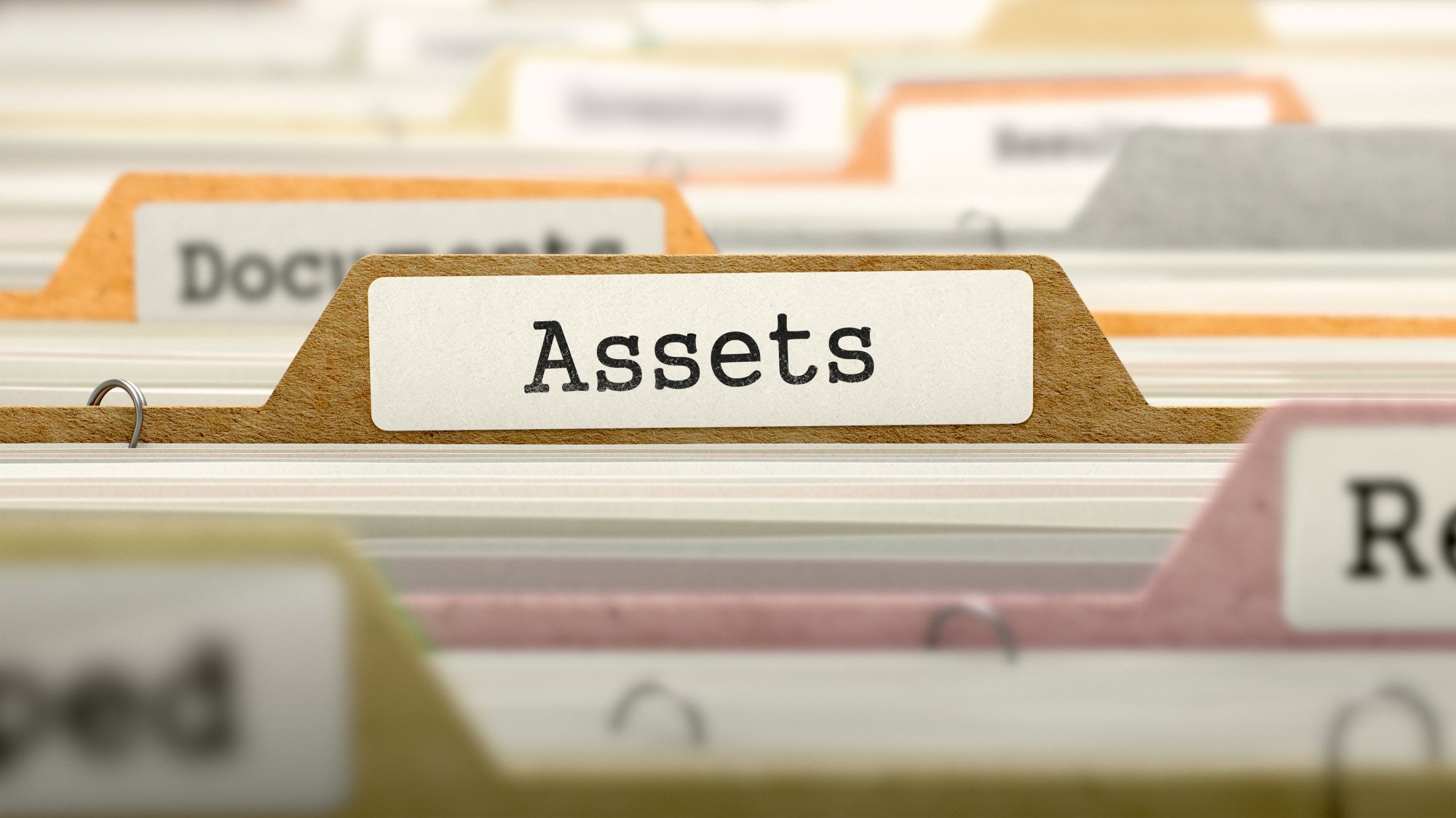How You Can Optimize The Physical Asset Of Your Business

How to optimize your physical assets for a thriving small business operation is the question that most budding entrepreneurs ask. The truth is that physical assets can and do play a role in determining the success or failure of your business, but you must understand that they are only part of the equation. Physical assets include such things as real estate, machineries, and other tangible assets that you utilize on a day to day basis. Many people make the mistake of treating these assets like they are an investment, an entity unto themselves, and this is the biggest mistake you can make.To get a detailed article that breaks down asset management,check it out here.
The truth is that these assets will depreciate in value over time and the depreciation must be recorded on your taxes at the appropriate tax rate. By not recording these depreciation charges on your business income statement, you are opening the door for future legal trouble. If you neglect to account for the depreciation on your business assets, it will be impossible for you to avail of tax advantages available to most businesses, such as the expensing of business costs.
There are several ways that you can maximize your physical assets without expending too much of your hard earned capital. One way is to lease any assets you don't use on a regular basis. In order to determine if this is a good option, you will need to look at the cost per unit as well as the overall effect on your bottom line. For instance, if the asset doesn't depreciate, then it will be more economical to lease it instead of purchasing it outright. When you lease an asset, you are essentially renting the rights to use it under a specific agreement between you and the company leasing the asset. The fact that you are not actually purchasing the asset will mitigate some of the tax benefits you can potentially receive.
Another way to optimize your physical assets is to lease space to other companies. Physical assets, including office furniture, machinery, and other items, depreciate in value over time. If you are able to rent out space for a considerable amount of time (as much as a year or two), then you can essentially lease the rights to use that space on a monthly basis. This will effectively lease you a portion of the assets of other companies.
A third way to optimize your physical assets is to increase the relative size of your asset base. As stated earlier, depreciation takes place over time and as a result, your assets may not be worth as much as they would be if they were sold immediately. In order to keep your assets from depreciating too quickly, you should make sure to add to them on a regular basis. If you purchase a significant number of assets each year, then your asset base will eventually be larger than your annual operating expenses. This allows you to reap the tax benefits of having larger assets.This company ,andromeda systems incorporated (asi) is reknown for its asset optimisation services and you need to hire them to get the benefits of this.
Now that you know how you can maximize the physical value of your assets, it is time to take action. To do this, you will need to determine the exact amount of physical asset depreciation charge you. For most businesses, this process is straightforward. However, if you own art pieces, then it may not be so simple. When you buy art, you can hire a professional art appraiser and have him or her take a look at your portfolio to determine what the true value of your assets is. To get a detailed overview of this topic, see here: https://en.wikipedia.org/wiki/Asset_Management_Plan.
